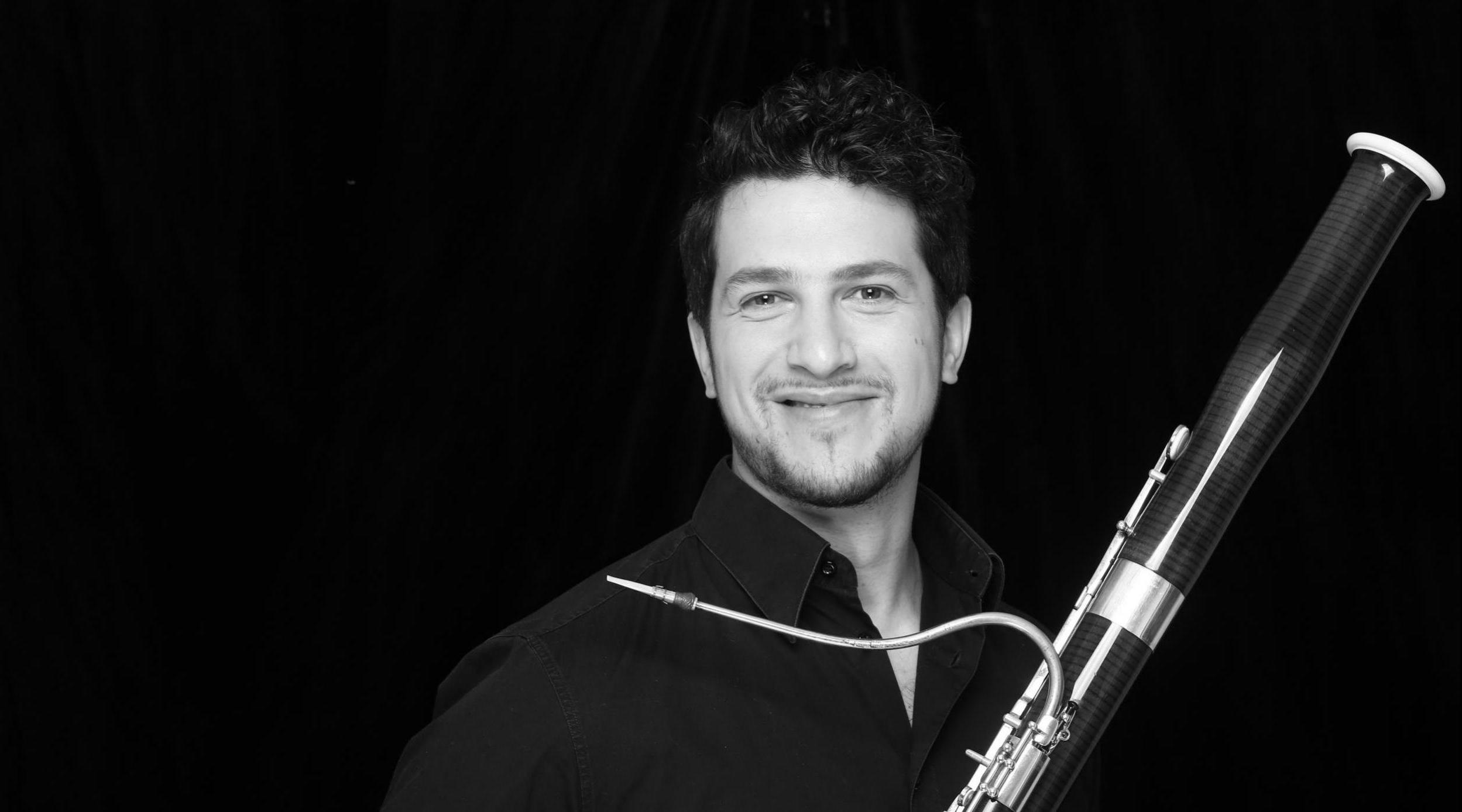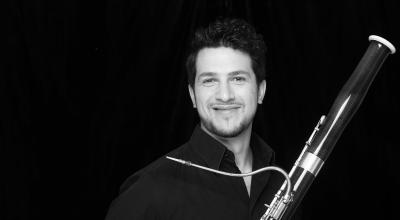Fête de la Musique
Felix Mendelssohn, A Midsummer Night’s Dream Suite
Carl Maria von Weber, Bassoon Concerto in F Major, Op. 75
Felix Mendelssohn, Symphony No. 5 in D major / D minor, Op. 107, “Reformation”
Throughout his life, Mendelssohn was fascinated by the works of Shakespeare. At the age of 17, after reading a German translation, he wrote a concert overture to the romantic comedy A Midsummer Night’s Dream. Many years later, at the request of the King of Prussia, Mendelssohn also composed incidental music for orchestra and choir. He incorporated the concert overture he had written at a young age. The purely instrumental parts of this incidental music, played one after the other, form a fairy-tale-like, four-movement suite of which the Wedding March will sound familiar to everyone.
Carl Maria von Weber primarily made his name as an opera conductor and composer. His magnus opus, the romantic ‘horror’ opera Der Freischutz, is the German national opera par excellence. In 1811, Weber travelled to Munich. After having composed several clarinet concertos, he was also commissioned to write a bassoon concerto. Weber delivered a score that soon became one of the key works in the bassoon repertoire. His sense of drama puts listeners on the edge of their seats, both during the martial first movement, the heartfelt second movement – which could have been an Italian opera aria – and the light-hearted rondo, which gives the bassoon soloist every opportunity to show off his virtuosity.
For a long time, Mendelssohn’s Symphony No. 5 lay forgotten in a drawer somewhere. It was composed in 1830, on the occasion of the three hundredth anniversary of an extremely important moment for the Reformation movement: the presentation of the Augsburg Confession to Holy Roman Emperor Charles V. However, due to illness, Mendelssohn was unable to complete the score in time. The symphony was performed once in Berlin two years after the festivities. Because the composition is teeming with references to the Lutheran faith, it was not easy to get the so-called Reformation Symphony performed in London and Paris. Thus, the first movement resounds with the ‘Dresdner Amen’ (which Wagner later used as a grail motif in Parsifal) and the last movement is based on Luther’s chorale Ein fester Burg ist unser Gott.
Michael Schønwandt, conductor
Gordon Fantini, bassoon


